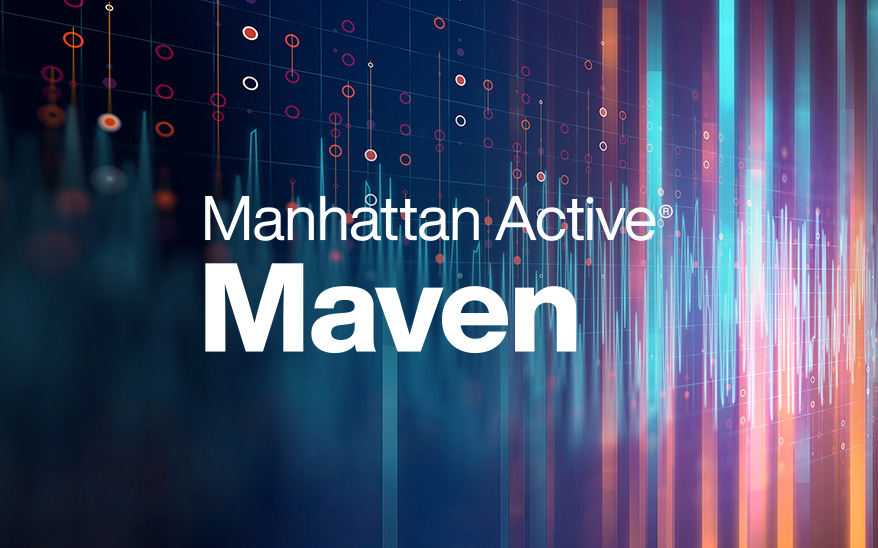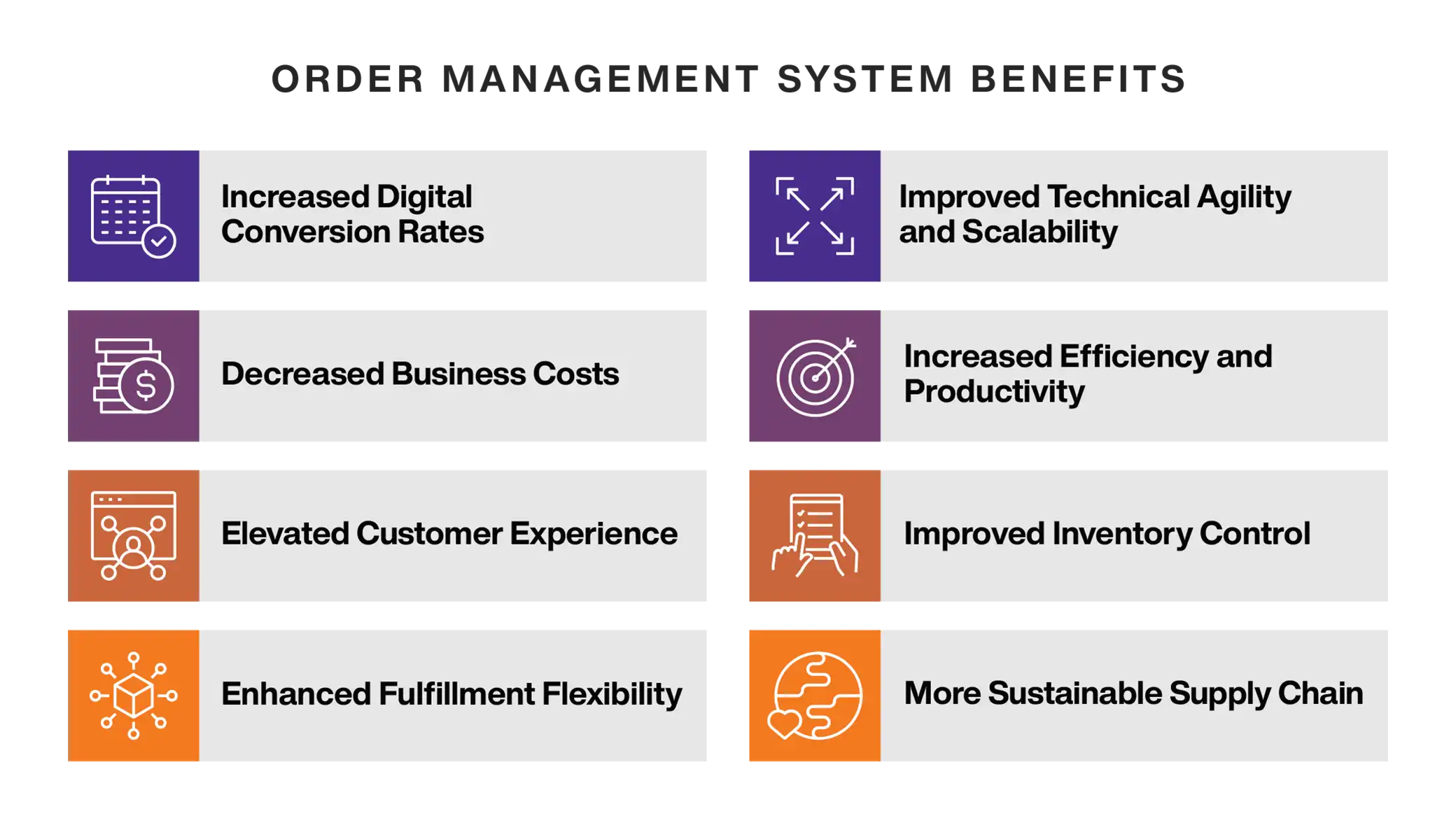
What is an Order Management System (OMS)?
In today's fast-evolving ecommerce landscape, the efficiency and effectiveness of order management systems (OMS) have become increasingly critical. These systems are integral in delivering a satisfying modern retail customer experience, managing everything from order capture to post-purchase order status and changes. Read more to find out what an OMS is, key functionalities and challenges, and everything else you need to know about OMS.
What is an Order Management System (OMS)?
Order Management System Defined
An Order Management System (OMS) is a comprehensive platform designed to track and manage the lifecycle of an order from start to finish. It is a critical tool in both ecommerce and traditional retail, allowing businesses to efficiently manage inventory, capture orders, process order fulfillment including shipments and store pickups, handle post-purchase customer service queries, and coordinate customer returns and exchanges. An OMS integrates and orchestrates various aspects of the sales process, including inventory checks, delivery date quotes, order entry, order pricing, and payment validation ensuring that all these components work seamlessly together.
This system plays a pivotal role in bridging the gap between customer orders and their successful fulfillment, providing real-time visibility into the end-to-end order process for both the business and the customer. By streamlining these processes, an OMS not only enhances operational efficiency but also significantly improves customer satisfaction and experience. As digital marketplaces grow more complex and customer expectations rise, the need for sophisticated and reliable OMS solutions is more pronounced than ever.
What is the Importance of OMS in Modern Ecommerce
The dynamic nature of the ecommerce industry, characterized by fluctuating consumer demands, a multitude of sales channels, and increasing order volumes, presents a significant challenge for today’s businesses. In 2024, retail ecommerce sales are estimated to exceed 6.3 trillion U.S. dollars worldwide, a figure that is expected to continuously increase in the coming years. Retailers and businesses alike must not only provide seamless ecommerce experiences for a large volume of customers now and for the foreseeable future, but they also must do so in a timely fashion if they want to retain customers.
According to the 2023 Unified Commerce Benchmark, most shoppers (54%) regard delivery timelines and fulfillment options as critical factors that influence their purchasing decisions from a retailer. The study reveals that of the four key segments of unified commerce evaluated (Search & Discovery, Cart & Checkout, Promising & Fulfillment, and Service & Support), Promising and Fulfillment is the most immature capability area for retailers when it comes to delivering a unified commerce experience that satisfies consumers, by a significant margin. The right OMS can elevate consumer experiences with capabilities that make good on promises made to customers accurately, and getting out in front of this sector of the buyer's journey now can pay dividends tomorrow.
Getting Promising and Fulfillment right is vital for retailer competitiveness. Customers have high expectations that their orders will be delivered at the date/time as promised. If retailers fail to keep these order promises, customer satisfaction declines and customers will switch to other retailers with more reliable order fulfillment. The best order management systems precisely manage order fulfillment processes across increasingly complex fulfillment networks of distribution centers, stores, and suppliers to ensure customer orders are fulfilled efficiently and accurately, satisfying the heightened expectations of modern shoppers.
What are the Functionalities of an Order Management System?
- Inventory Management: Providing real-time visibility into inventory availability across all fulfillment sources to ensure accurate ordering across sales channels.
- Order Capture and Entry: Provides a single source of truth for order entry and validation across sales channels, ensuring accuracy and efficiency.
- Order Promising: Presents precise delivery and pickup dates /times during order capture considering inventory availability and numerous supply chain performance factors.
- Order Fulfillment Sourcing: Intelligent assignment of an order to a fulfillment center based on the center’s ability to meet an order promise most profitably.
- Order Orchestration: Automating and streamlining end-to-end fulfillment execution and tracking.
- Post-Purchase Order Tracking and Changes: Provides rules and interfaces, such as digital self-service, allowing customers to track order progress and make order changes, including cancellations.
- Returns Management: Manages the logistics of returns and exchanges, including return/exchange initiation, processing of refunds or exchanges, and routing of items to the proper returns/fulfillment center or supplier.
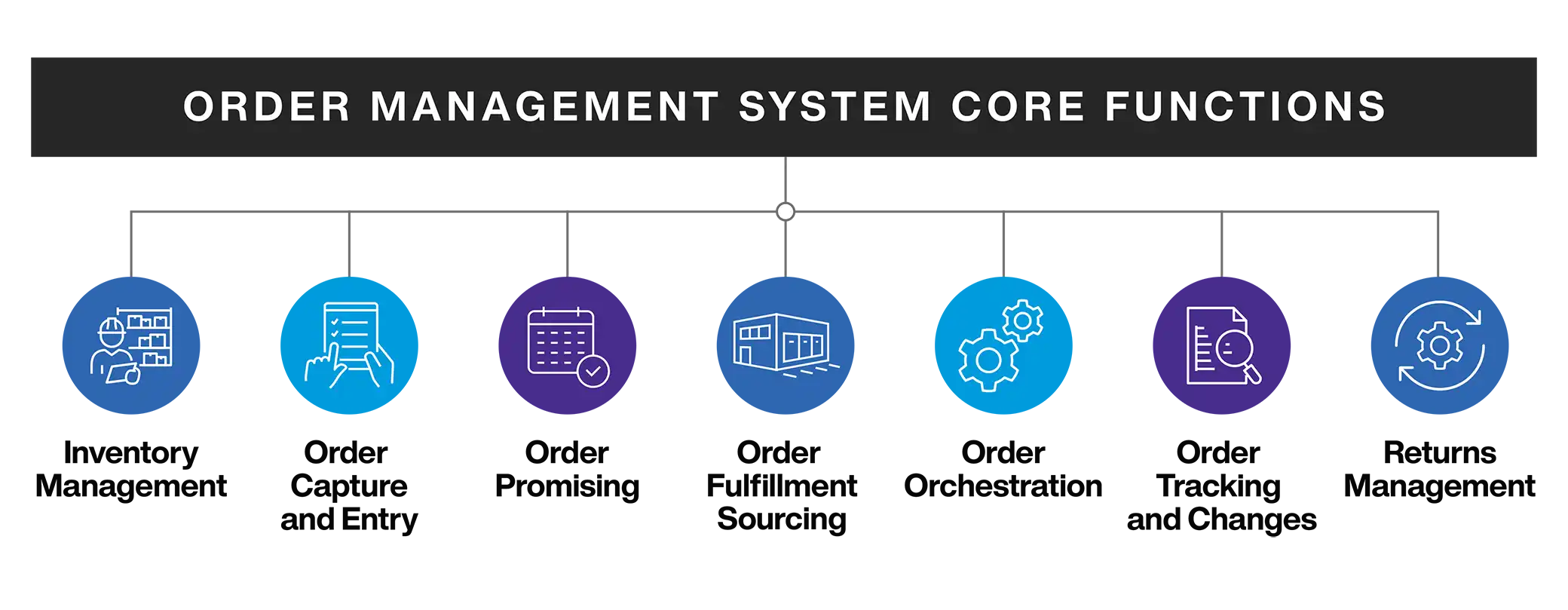
What are the Benefits of an Order Management System?
- Increased Digital Conversion Rates: A modern OMS significantly increases a retailer's digital conversion rates and sales by improving inventory visibility and providing precise projected delivery promise dates during ordering.
- Decreased Business Costs: A modern OMS reduces business costs through optimization capabilities that find the less costly routes to fulfill orders and process returns. It also enables customer support strategies, like digital self-service, that cut customer support costs.
- Elevated Customer Experience: Modern shoppers are demanding, and a modern OMS elevates the customer experience through a more precise end-to-end ordering experience and greater post-purchase order visibility and control, improving customer satisfaction and loyalty.
- Enhanced Fulfillment Flexibility: Successful modern retailers will continuously evaluate their supply chain to enable new fulfillment sources to meet customer needs, expand business models (like cross-border commerce), and reduce costs.
- Improved Technical Agility and Scalability: A modern OMS removes the constraints of legacy order management systems, allowing retailers to quickly configure or develop new capabilities to support business needs and scale capacity to support changing demand patterns
- Increased Efficiency and Productivity: Automation of order processing minimizes manual intervention, reducing errors and increasing efficiency. This heightened productivity allows businesses to scale operations effectively.
- Improved Inventory Control: Real-time inventory tracking enables businesses to adapt quickly to changing demand, minimizing stockouts or excess inventory.
More Sustainable Supply Chain: The right OMS reduces resource expenditure supply chain-wide, including reduced miles driven by finding the closest fulfillment center and enabling box-less and printer-less returns.
Broader Use Cases of OMS Across Industries
Retail
In retail, an OMS manages multi-channel orders and maintains consistency across online and offline channels. It ensures a seamless shopping experience on the front end and optimizes the order fulfillment journey on the back end. Retailers can optimize and scale inventory network-wide, with visibility of orders across physical retail stores, warehouses, and in transit.
Manufacturing
Manufacturers use OMS to align orders with production schedules, manage raw material inventory, and ensure timely delivery of products. Since their clientele consists of B2B selling, it can be used to optimize order processing with suppliers and distributors and track every aspect of production throughout the entire life-cycle of the order.
Wholesale and Distribution
For wholesalers and distributors, an OMS is essential for handling large order volumes, tracking inventory across locations, and ensuring efficient distribution. It can be used to streamline the fulfillment of orders with multiple partners and numerous customer segments.
Manhattan OMS Leads Forrester Wave
The Only Leader
Manhattan has been recognized as the top Leader in The Forrester Wave™: Order Management Systems (OMS), Q2 2023. Distinguished as the sole Leader in this evaluation, Manhattan achieved the highest possible score (5.00) in 16 of the 24 criteria for Current Offering.

Selecting the Right OMS
Choosing an OMS requires a careful assessment of business needs, considering factors like business size, industry specifics, integration capabilities, and user experience.
In the retail industry, the right OMS can work best for both specific retail brand customers and the retailer’s supply chain network as a whole.
For example, PacSun is a lifestyle brand whose target customer is between 14 and 24 years old, and its business recognizes the tech-first approach of savvy Gen Z and Gen Alpha shoppers. Social ecommerce is predominantly used by their typical client age demographic and this particular digital native group looks for frictionless retail experiences and expects brands to engage with them on their preferred platforms, which is why PacSun launched a TikTok store. Having the right OMS capabilities—such as ship-from-store—to support this preferred method of shopping is vital to sales and customer satisfaction.
By contrast, fashion retailer Brooks Brothers is a more mature brand with a typically older customer base that requires high-touch experiences. Its customers often place orders featuring sophisticated clothing items and it needs an OMS that caters to in-store visits to their brick-and-mortar locations, with perks such as custom tailoring, personalized customer service, and “pick up in-store” fulfillment options.
A global retailer, wholesaler, or manufacturer would require an OMS with advanced global inventory visibility that provides dynamic inventory management capabilities with complete and accurate visibility of every item across the inventory network, ensuring that real-time information on inventory levels is always available to support sales or for accurate product distribution on a global scale.
These businesses may require cross-border fulfillment OMS capabilities with configuration that supports country requirements, including currency, language, taxation, and customs, and optimized fulfillment sourcing to continuously optimize order fulfillment execution to determine the least costly way to keep an order fulfillment promise, both features found in Manhattan Active Order Management.
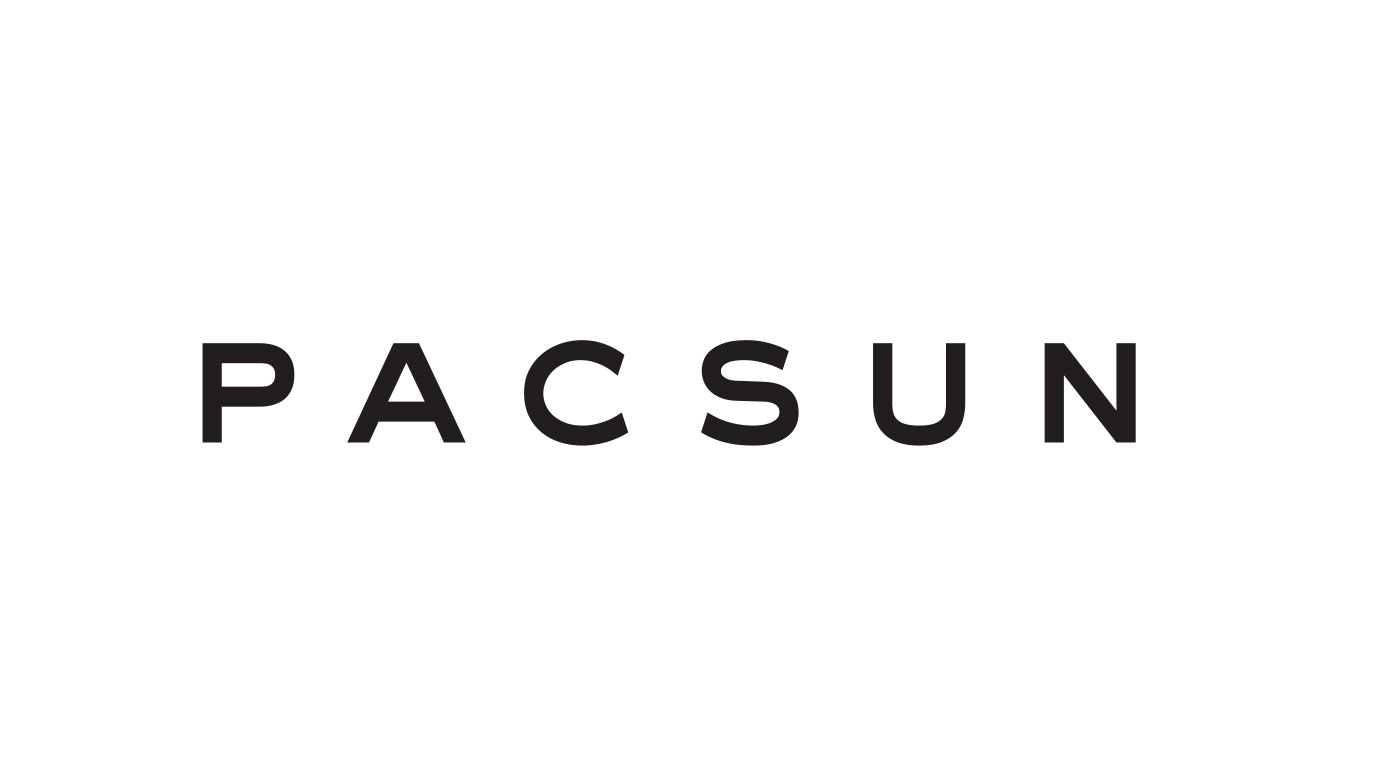
PacSun Finds "Savior" in Ship-From-Store Fulfillment With Manhattan
PacSun, a leading lifestyle apparel brand, selected Manhattan Active® Omni to revamp its omnichannel strategy and incorporate a solution that could scale with the retailer as it grows.
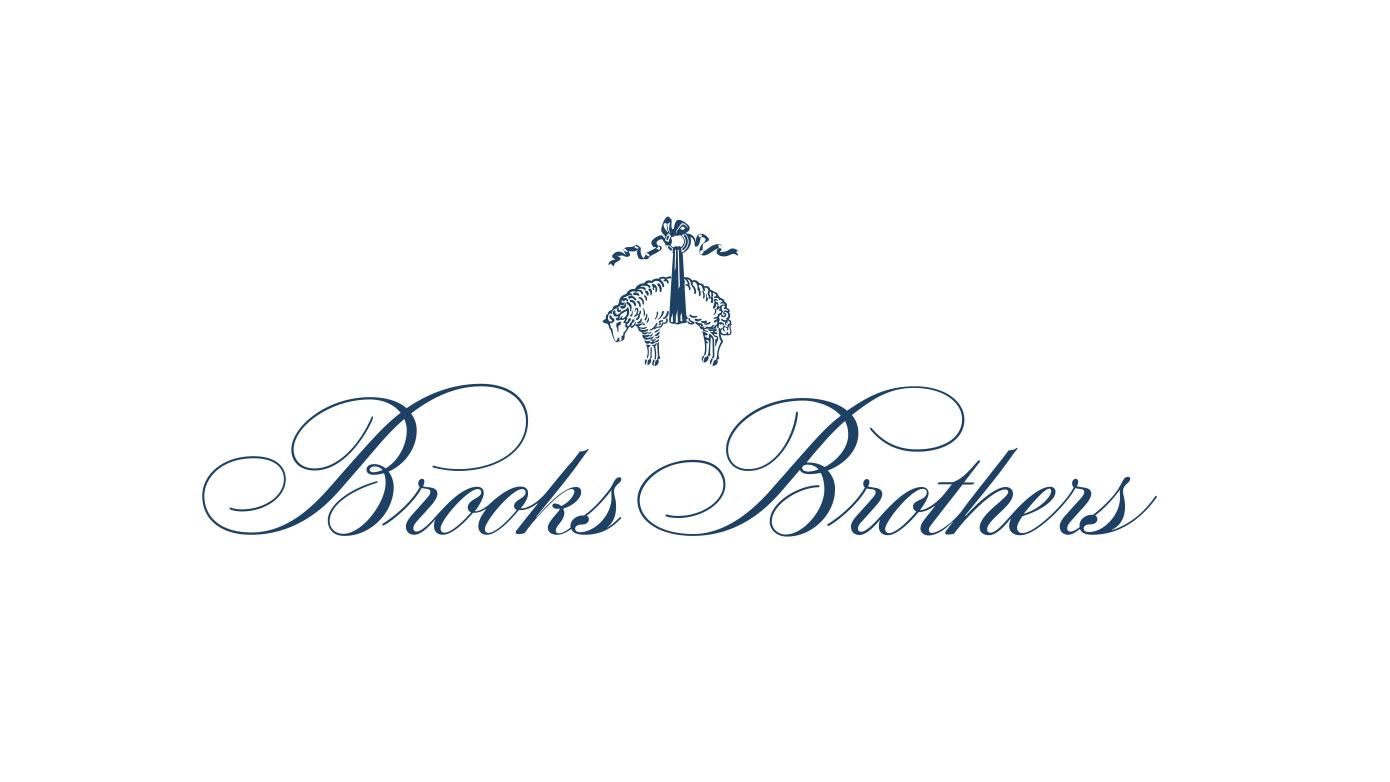
Brooks Brothers
Brooks Brothers, the oldest American apparel brand in business originally opening in 1818, selected Manhattan Active® Omni in 2018 and has been reaping the benefits of the whole solution suite of omnichannel capabilities ever since.
What are the Features of an Order Management System?
- AI and Machine Learning Integration: Advanced OMS solutions are now incorporating AI and machine learning algorithms to optimize inventory levels and fulfillment sourcing using current operational factors and historical performance results
- Cloud-Native Solution: A modern cloud-native OMS, built entirely of microservices with an API-first design, provides an extensible, evergreen, scalable, and secure solution that cost-effectively and flexibly adapts to changing market conditions.
- No Code/Low-Code Development Environment: A modern OMS is the cornerstone for transformational change, providing retailers with speed, agility, and flexibility to reshape outcomes and experiences. With no-code, low-code, and your-code capabilities, a modern OMS simplifies configuration and development, accelerating transformational change.
- Integration with Emerging Technologies: Integration with technologies like IoT, blockchain, and AR/VR is transforming how OMS operates, providing enhanced tracking, security, and immersive customer experiences.
- Cross-Border Commerce: As businesses expand globally, the need for OMS solutions that support multiple language, currencies, and taxation rules is essential as well as the ability to adapt to customs and other regulatory considerations affecting fulfillment in different countries.
- Real-Time Analytics and Reporting: OMS now often features real-time analytics and reporting capabilities, giving businesses insights into order trends, customer behavior, and operational efficiency.
- Enhanced Security Features: With increasing digital transactions, OMS solutions are emphasizing enhanced security features to protect sensitive customer and business data.
How Manhattan Can Take Your Order Management to the Next Level
An Order Management System is not just a necessary operational tool but a strategic asset in the digital commerce landscape. It plays a crucial role in enhancing customer experience, increasing operational efficiency, and driving business growth. As the e-commerce world continues to evolve, the significance of an OMS will only grow, making it a vital investment for businesses aiming for success in the digital marketplace.
Manhattan Active Order Management, with its comprehensive, scalable, and advanced features, stands out as a leading solution, equipping businesses with the tools needed to succeed in a complex and rapidly changing retail environment. Its solution architecture is built on an agile, cloud native, API-first, all-microservices technology platform that is developer friendly, resilient and auto-scaling, and never needs upgrading.
Manhattan Active Order Management is the only leader in Forrester OMS Wave and its industry-leading solution features include:
Global Inventory Visibility: Improves and amplifies visibility of every item across the inventory network to enable accurate selling in any channel. This view goes beyond just on-hand inventory to include in-transit, on-order, and third-party owned/fulfilled inventory.
Dynamic Inventory Availability to Commerce: Users can quickly define and reconfigure inventory availability views or scenarios to match business needs to the right inventory levels. Considers multiple factors like geography, merchandising, logistics, finance, store operations, and other user-defined characteristics to adjust inventory availability as business needs change.
Thorough Product Findability: Enables customers to find available products in any inventory location easily with a holistic view of inventory availability and product details in all sales channels.
Precise Order Promising: Enables precise order fulfillment promises throughout the customer buying journey to increase brand loyalty, boost conversion rates, and reduce cart abandonment. Advanced machine learning algorithms continuously learn and adapt to provide more precise delivery date promises by assessing multiple supply chain variables and factors.
High-Demand Capacity Ordering: Provide consistent order promising, order capture, and order validation across all sales channels using flexible ordering services (APIs) and employing in-memory caching technology to support increasing volumes while ensuring high-speed response times that satisfy modern shoppers.
Omnichannel Promotions: Provides a single system of record for promotions across sales channels for consistent presentation and usage of promotions, including management of the lifecycle of promotions from one system, eliminating the inefficiencies and inconsistencies of managing promotions separately for each sales channel.
Optimized Fulfillment Sourcing: Dynamically determines how to best fulfill each order using machine learning with adaptive algorithms to assess vast numbers of parameters in real-time across distribution centers, stores, transportation options, and customers to determine the best fulfillment source for each order that meets the customer fulfillment promise (e.g., committed delivery date) most profitably.
Global Order Orchestration: Initiates, manages, and tracks every step of an order's end-to-end life cycle—from initial fraud check to payment settlement and sales posting to pickup or ship-from-store delivery, including connecting and coordinating with every system that creates, interacts, reads, or reacts to customer orders.
Order Servicing: Synchronous integration via REST services enables interfacing customer service systems to provide real-time post-purchase order tracking and modifications utilizing Manhattan Active Order Management's rich data and logic. Through these services, interfacing systems can enable robust order tracking and modification actions, including retrieving customer order history, order search, viewing order summary, canceling orders, modifying order pickup details, modifying order shipping details, and more.
Customer Controlled Fulfillment: Provides flexible and robust order modification logic and rules empowering customers to effortlessly manage their post-purchase experiences, including the ability to track, alter, cancel, convert, exchange, and oversee orders in real-time from their own mobile device, reducing fulfillment experience friction and decreasing support costs.
Reverse Logistics: Customers can put returns management in their hands with "buy anywhere and return anywhere" capabilities, enabling customers to initiate returns online, in stores, and through the contact center with flexible returns methods, including box-less and printer-less returns to return points such as carriers and stores. Return routing optimization determines the optimal return location with sophisticated algorithms to evaluate factors such as assortment, depth of inventory, selling price, shipping and handling costs, geographic proximity, and more.
Fulfillment Experience Insights Dashboard: For the first time ever, retailers can see how they stack up against other industry leaders as the dashboard provides a comprehensive analysis of Key Performance Indicators (KPIs) compared to performance data compiled from a vast dataset of orders from nearly a hundred retail merchants.
To learn more about how Manhattan Active® Order Management can unlock unprecedented precision, inventory visibility, and promising for your business, click the link below or contact us for more information.
Manhattan Omnichannel Solutions
Manhattan offers a complete breadth of retail omnichannel software solutions for all of your unified commerce needs.

Omnichannel Commerce

Order Management System
Optimize ordering experiences from search to completed fulfillment, ensuring customers receive a precise and satisfying experience supported by efficient processes that lower fulfillment costs with Manhattan Active® Order Management.

Point of Sale Software
With our point of sale software you'll find what you need, and then some. Leverage 360-degree view of Customer Insights and Omnicart technology for an intuitive experience.
FAQs
Everything that you’ll need to know about order management systems.
An order management system is vital software for modern supply chain and omnichannel operational workflows as it optimizes and manages purchased orders, inventory, fulfillment, and costs enterprise-wide. In today’s ecommerce-centric world, an OMS is critical in tracking orders from order capture to shelf, delivering desired customer order visibility and fulfillment experiences.
Omnichannel customers do not see separate channels and expect to have a retail experience that is holistic, enabling the consumer to shop wherever and whenever is most convenient for them—online, through a mobile app, via call centers, or in-store. The right order management system allows for beneficial outcomes for both the retail business and end customer with seamless order management that provides real-time order visibility throughout the network, various fulfillment and delivery capabilities, and accessible inventory via any shopping channel.
An order management system orchestrates and integrates order fulfillment via a single platform, providing end-to-end optimized order processing for your business by tracking and managing the lifecycle of an order. It factors in costs and operational logistics to fulfill an order from any and all sales channels profitably.
The different types of order management systems vary based on software archetype and business needs:
- OMS for small businesses- historically used manual order management systems to track orders and receipts on paper.
- Ecommerce OMS- manages order processing through a retailer’s website and automates and manages order fulfillment tracking, returns management, customer data, and costs.
- Manufacturer OMS- handles the specific characteristics of managing manufacturer orders, including material visibility and quality control, and integrates inventory management with production.
- Retail and Enterprise OMS- some retail OMS solutions can allow retailers of various sizes to track and manage orders from the moment an item is purchased to delivery to the end-customer throughout a retail network, whereas an enterprise OMS ensures data is available enterprise-wide via a unified platform, possibly connected with other supply chain systems such as a WMS and TMS.
Common challenges associated with order management include inaccurate or siloed data, lack of complete inventory visibility, supply chain or Mother Nature-related disruptions, unmet order promising, inaccurate forecasting, poor integration, inefficient processes, costly operational workflows, and improper inventory or order tracking.
Deliver On Your Promise to Customers
Get in touch with the Manhattan team to see how we can help.
Related Articles
For more insights and information on order management systems and how they can enhance your omnichannel strategy, explore the following articles.
.png/Zz0yZTBkZjNjY2NjYmYxMWVlODA1ZWNlZmMzZTFmNmY2Ng==&width=528&height=297)
How Retailers Can Reduce Return Expenses and Keep Customers Happy

Reverse Logistics: The Ultimate Guide

Incisiv Unified Commerce Benchmark Report
The new Unified Commerce Benchmark reveals how top brands are redefining retail in 2025. Through in-depth analysis into Shopping, Checkout, Fulfillment, and Service experiences, this benchmark unveils the strategies used by leading retailers to boost conversion, increase loyalty, and maximize profitability.

Leader in the OMS Forrester Wave
Manhattan is recognized as a Leader in The Forrester Wave™
Related Resources
Modern Store
Discover The Modern Store by Manhattan: Innovating retail with technology-driven, personalized shopping experiences.
Learn MoreUnified Commerce Benchmark
A new age of consumerism is reshaping commerce. This Benchmark for Specialty Retail is the industry’s first Unified Commerce benchmark with real purchases, real returns, and real customer journeys across digital and physical channels.
Learn More
